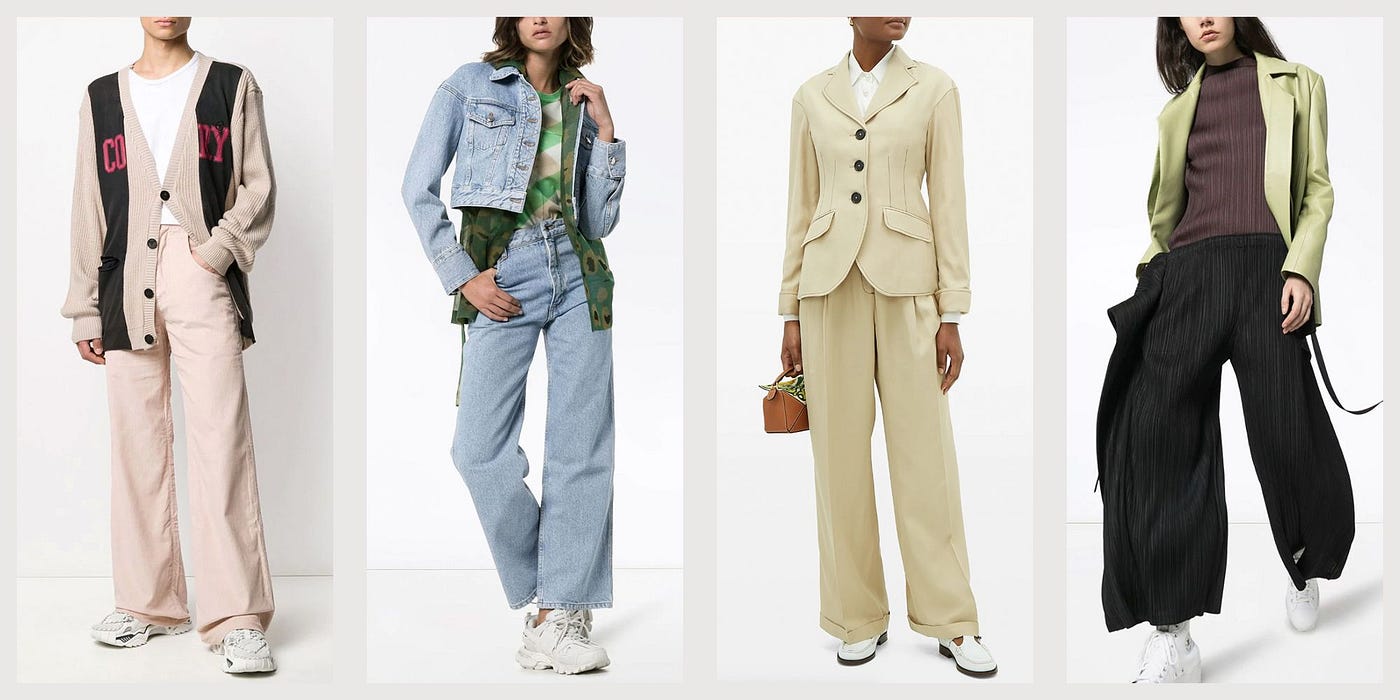In recent years, fashion has seen a significant resurgence of retro styles, with vintage-inspired clothing returning to the mainstream. From the bold prints of the 70s to the oversized silhouettes of the 80s, fashion enthusiasts are revisiting past decades to draw inspiration and create fresh, modern looks. This vintage revival is not just about nostalgia—it reflects a broader cultural shift towards sustainability, self-expression, and the cyclical nature of fashion.
Nostalgia and the Appeal of the Past
One of the key factors driving the resurgence of vintage fashion is nostalgia. For many, retro styles evoke memories of simpler times or an era they may have never experienced firsthand. In a fast-paced, technology-driven world, the desire to reconnect with the past offers a sense of comfort and familiarity. The 90s, for instance, are particularly beloved by millennials who grew up during that decade. Items such as flannel shirts, bucket hats, and oversized jackets have made a massive return, tapping into these styles’ sentimental value.
Moreover, mixing modern and retro elements allows for a unique self-expression. People are not merely replicating outfits from past decades but instead reinterpreting them, creating a personalized and refreshed version of vintage trends. This sense of individuality is part of what makes retro styles so attractive in the current fashion landscape.
Sustainability and Conscious Consumption
Another reason for the rise of vintage fashion is the growing movement towards sustainability and conscious consumption. With increasing awareness of the environmental impact of fast fashion, many consumers are opting for second-hand or vintage clothing as a more eco-friendly alternative. Thrift stores, online resale platforms like Depop, and vintage boutiques are thriving as more people recognize the value of pre-loved garments. By purchasing vintage, individuals contribute to reducing waste and embracing timeless pieces that have already stood the test of time.
Vintage fashion also offers access to high-quality, well-made clothing from previous eras. Items from brands like Chanel, Dior, or Levi’s are often crafted with superior materials and craftsmanship, making them more durable than many contemporary fast-fashion pieces. For fashion lovers, investing in vintage clothing can be a way to own unique, designer pieces without the steep price tag of new collections.
Celebrity Influence and Pop Culture
Celebrities and influencers have played a crucial role in returning vintage styles to the spotlight. Icons like Beyoncé, Rihanna, and Harry Styles are frequently spotted wearing retro-inspired outfits, often mixing old and new pieces to create their signature looks. Vintage shops and resale platforms have become increasingly popular among these celebrities, further promoting the idea of reworking old styles into something fresh and fashionable.
Pop culture, too, is heavily influencing the vintage trend. TV shows like Stranger Things have sparked a revival of 80s fashion, with characters sporting vibrant patterns, scrunchies, and high-waisted jeans. Similarly, music videos, social media platforms, and fashion blogs are filled with retro aesthetics, prompting younger generations to rediscover styles from decades past.
The Timelessness of Fashion
Fashion is inherently cyclical, with trends constantly evolving and recycling. What was once considered outdated or passé is often revived with a modern twist, and vintage styles prove this point. Designers and brands continually draw inspiration from past decades, and incorporating retro elements into contemporary collections has become a staple in the fashion industry. Whether it’s the revival of 70s flared pants, 90s slip dresses, or the 2000s low-rise jeans, every era has something to offer the current fashion scene.
Conclusion
The vintage revival is a powerful example of how fashion can evolve while still honoring the past. It speaks to a growing desire for individuality, sustainability, and nostalgia, offering a way to embrace timeless styles in a modern world. Each year, retro fashion continues to make its mark, proving that what’s old can always be new again. As fashion moves forward, the vintage comeback ensures that the past will never indeed be left behind but will instead remain a vital part of the fashion narrative.







Leave a Reply